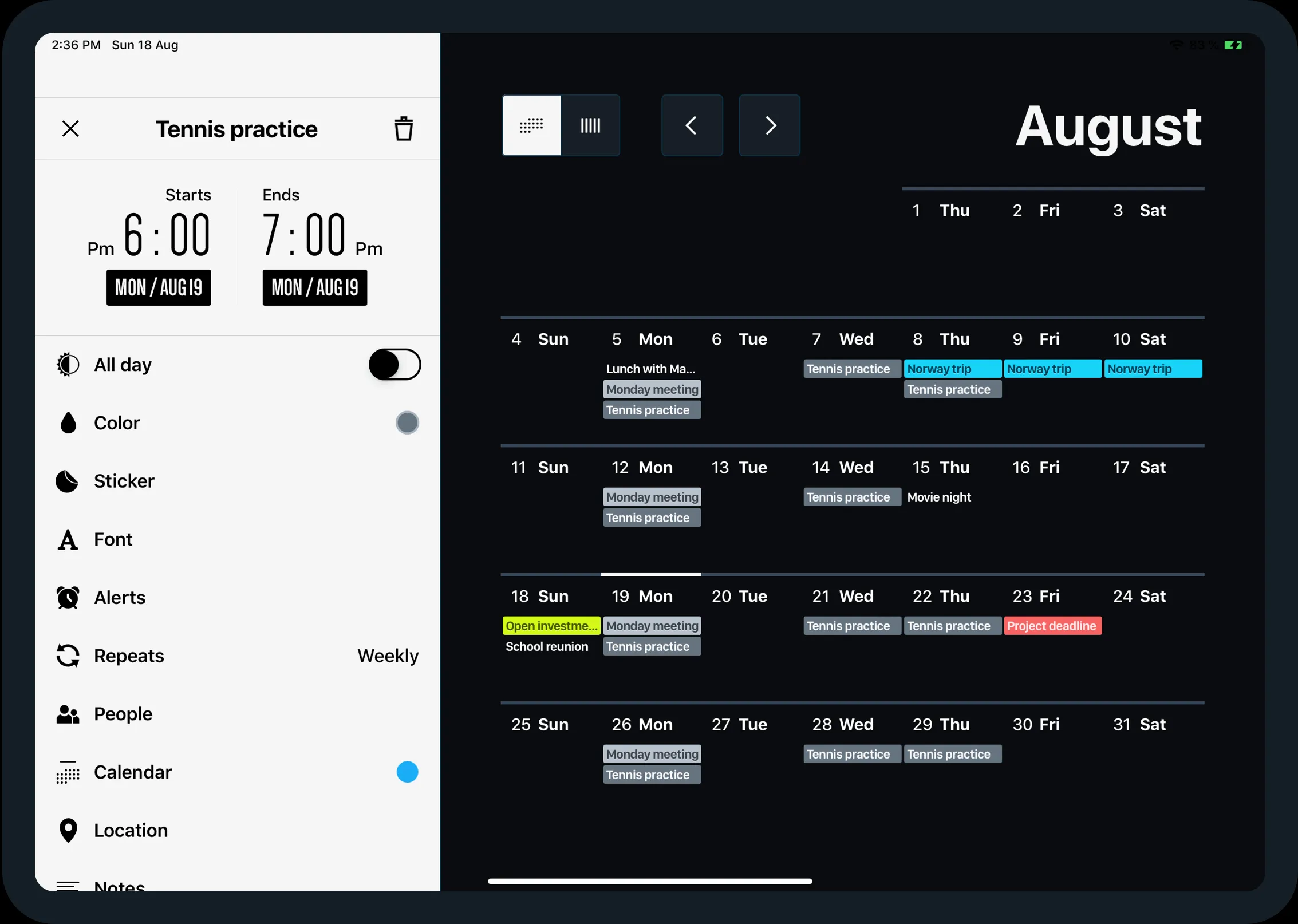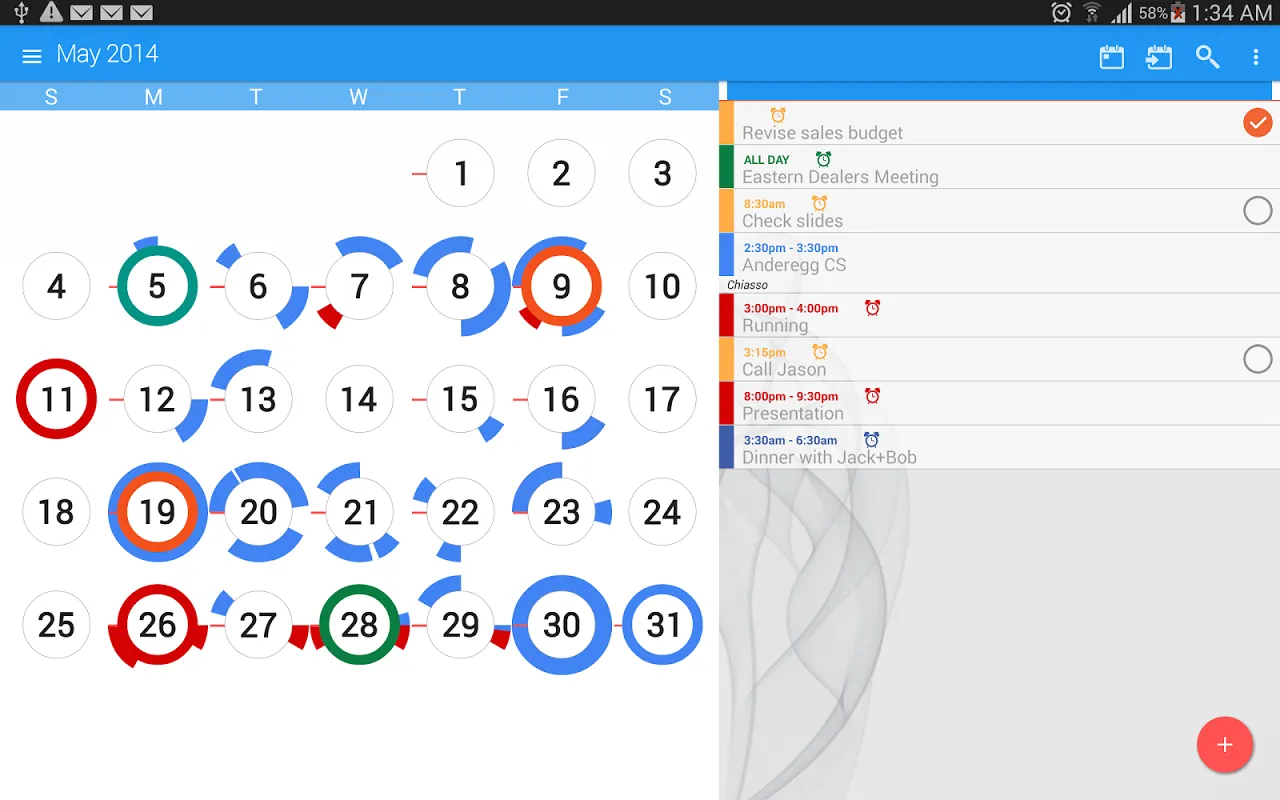
Max Miller
February 20, 2024
If the work you used to love is perceived as a torture, you feel exhaustion, irritation and anger even at the thought of work duties - these may be signs of professional burnout. In order not to aggravate the situation, not to reach a critical point, you need to immediately get rid of this state. How to do it? How to defeat and prevent burnout? Why does it occur? We will tell you how to recognize professional burnout in its initial stages, how it differs from ordinary fatigue and what you need to do to cope with this problem.
What it is
Burnout at work is a real scourge of our time. According to numerous surveys and studies, up to 80% of working people have experienced this problem. Every third of them noted such symptoms as lack of desire to go to work, a constant feeling of guilt, the appearance of absent-mindedness, decreased concentration, rapid fatigue and sleep disorders. In 2019, occupational burnout syndrome was included in the International Classification of Diseases, although in essence it is not a disease, but a set of factors that lead to the development of more serious problems, such as depression or chronic stress.
The condition was first described in 1974 by American psychiatrist Herbert Freidenberger. Later, psychologist Christina Maslach from the University of California at Berkeley joined the research and presented the syndrome in the form of a three-component model.
According to the World Health Organization classification, burnout is “a condition that develops with the progression of chronic stress”. It is characterized by the following features:
-
Lack of energy, feeling emotionally drained;
-
The emergence of a sense of cynicism, negativity towards the activity, alienation from it on a subconscious level;
-
Deterioration of performance and professional qualities.
Burnout develops gradually and is always related to work activities. At first, work gradually crowds out all other aspects of life. A person literally lives it, “burns”. After a while, the favourite work ceases to bring joy and satisfaction. Already after waking up you feel tired, you start your duties “through force”, and every action is given to you with incredible labour. As a result, you are not interested in interesting and profitable projects, and your colleagues are irritated.
It is very difficult to recognize burnout, it develops gradually. When you are building a career and want to become successful in business, delays and overwork seem quite normal. But, in the absence of rational self-organisation, the boundary between working and personal time is erased. As a result, work completely consumes your life, you have no time for a normal rest or holiday, and the number of urgent tasks that require immediate solution only increases.
The following categories of people are more prone to burnout syndrome than others:
-
Perfectionists and workaholics for whom the whole meaning of life is career. They are ready to stay late at the workplace and take on many additional tasks. Increased workloads lead to fatigue and stress.
-
Introverts who have difficulties in communicating with colleagues. Their problems are aggravated by shyness, constant inner worries.
-
Careerists, who have achieved a lot in life, lose understanding of where to go next. This leads to low self-esteem, loss of meaning in life.
-
Residents of megacities, surrounded by constant hustle and stress.
-
Newly hired employees who are worried about adjusting to a new job or an upcoming performance review.
-
Older people (45 years and over) who have difficulty in their search due to age restrictions.
The condition is also often related to the level of the specialist and the profession. According to the surveys, the most frequently encountered phenomenon is:
-
HR managers (88%);
-
Accounting staff (88%);
-
Lawyers (83%);
-
PR managers (82%);
-
Bank employees (82%);
-
IT representatives (75%).
Occupations involving constant contact with people, followed by emotional overs train, are also at risk. Burnout is a dangerous condition, the consequences of which can be loss of ability to work or problems at work, up to and including dismissal. And it takes a long time to get rid of the syndrome: from several weeks to a year or more.
Why do people burn out

The causes of burnout can be external and internal. External factors are:
-
Unsatisfactory working conditions that negatively affect the work process. These include constant overload, overwork, discomfort at the workplace.
-
Unstable psychological environment in the team: constant conflicts between colleagues, misunderstandings on the part of management. No one likes to work in a team with toxic people who do not respect others. If you regularly encounter ignoring, rudeness, violation of personal boundaries - this is a serious reason to think about leaving the company.
-
Boring, routine tasks that are not interesting to the employee, which he has already “outgrown”. Example: Anna earns money in an agency as a graphic designer. When she was hired, she was promised to design IT products, but ends up doing the same type of projects to create labels for local agro-industrial production. Considering herself a person with enough experience to solve more complex tasks, Anna constantly feels the meaninglessness of the things she does. Therefore, she falls into procrastination, putting off even the simplest tasks “for later”. And when the time comes to hand them in, she stays late at the office.
-
Unfair labour remuneration. No matter how interesting your work may be, the main source of motivation to do it is financial remuneration. If your salary does not correspond to your labour, sooner or later it will lead to burnout due to the constant lack of money and the stress that follows.
-
Fulfilling someone else’s role. Trying to “take on yourself” not characteristic of your type of character and mentality functions in the company, you will inevitably burn out. Soft, kind person will be unbearably difficult to be tough and adamant with subordinates. This will exhaust him, will lead to a decline in strength. And authoritarian personality will also not be able to demonstrate care and empathy for others for a long time.
-
Workaholic boss. If a manager is fanatically devoted to his work and demands the same zeal from his employees, his pressure and high expectations may cause burnout among his subordinates.
Internal Causes:
-
Passion for perfectionism, doing tasks perfectly for fear of appearing incompetent in front of other performers.
-
Inability to set personal boundaries, to say “no”, readiness to fulfil any requests of a supervisor or colleagues, even to the detriment of one’s time and interests.
-
Lack of planning skills, lack of understanding of how to properly handle time.
-
Work fixation, abandonment of personal life in its favour, workaholics.
-
Taking work problems too personally. The more time a person devotes to labour, the more difficult it is to perceive failures and blunders related to it.
-
A crisis of personality accompanied by thoughts about the meaning of life.
Long-term activity in one position, in one place can also be added to the causes of burnout. Psychologists recommend changing the sphere of activity every five years. This advice should be heeded. Imagine: you perform the same task year after year, sitting in the same workplace. At some point you will want to drop everything and get out of the boring routine. But if the attempt will be unsuccessful, you will experience dissatisfaction, boredom, a sense of unrealized. And this will be followed by burnout.
The danger of emotional burnout lies in the imperceptibility of this phenomenon. It occurs gradually:
-
Oh well, nothing, took a couple of extra tasks, will be good for experience.
-
It’s important to finish the project on time, I’ll be a couple of hours late, tomorrow will be easier.
-
It’s impossible to interact with this colleague, but it can’t be helped, work first.
-
I’m so sick of these same old tasks! Just rubbish! But others have the same, so you have to put up with it, the main thing is that it pays.
Each of these events can be compared to a small pebble, the weight of which you will not even notice in your pocket. But over the years of work, they make up whole mountains, crushing a person with their weight. That is why it is better to prevent burnout than to treat it later. For this purpose it is necessary to be able to define burnout, to distinguish its stages and manifestations.
Types, symptoms and stages of professional burnout

Psychology distinguishes three types of burnout, each with its own causes:
-
The first one is associated with heavy workloads. It occurs when a person consciously sacrifices their health, personal interests in the sake of career and success.
-
The second one develops as a result of lack of professional growth, devaluation of the performer’s labour in the eyes of the management.
-
The third arises from impostor syndrome, where the performer believes he is useless, incompetent in his or her field (although this is not true).
The symptoms of burnout manifest themselves on a physiological, emotional and behavioural level:
| Physiological signs | Emotional attributes | Changes in behaviour |
|---|---|---|
| Feeling of exhaustion; Lack of appetite; Disorder of sleep and rest; Headaches, muscle pains; Decreased immunity; Disorders in digestion. | Loser’s syndrome; Low self-esteem; Low motivation; Cynicism towards others; Satisfaction; Disengagement; Sense of loneliness. | Isolation from people, isolation; Procrastination; Decreased performance and productivity; Anxiety; Alcohol or drug abuse. |
Surprisingly, chronic stress at work and the professional burnout that follows it most often develops in people who genuinely love their work. It does not happen overnight. This process consists of several stages.
Stages of professional burnout:
-
Increased engagement. People who live a life of labour activity are ready to devote all their time to it, they work in a continuous mode, 24/7, and forget about proper rest. American psychologist Jerrold Greenberg in his book “Stress Management” compares this period to a “honeymoon”. A person with enthusiasm and increased energy rushes to work. Every task brings him pleasure. It would seem that what is wrong with this? But already at this stage of professional activity absorbs the performer. If not stopped in time, this phase is followed by the second stage.
-
A sign of the second phase of burnout is chronic fatigue. A person feels a decline in energy, becomes irritable, anxious. His productivity decreases, he catches cold more often. Enthusiasm gradually disappears, but the desire to engage in professional duties remains, and he continues his work from the last effort.
-
Psychophysical exhaustion is the third phase. In this phase, panic attacks, gastrointestinal disorders may occur. Forgetfulness, absent-mindedness, memory deteriorates. There is a feeling of depression, apathy, a person involuntarily breaks down on relatives and friends.
-
The fourth stage is accompanied by cynicism, disgust for everything related to the profession, the person loses the feeling of joy, taste for life, sees only negativity around him. He can even change appearance, there is slovenliness, indifference to his appearance. His relations with others also deteriorate.
-
At the last, fifth stage, problems accumulate like a snowball. There is a feeling of helplessness and inability to break the vicious circle. This phase poses a threat not only to health, but also to life.
The main difference between burnout and normal fatigue is the duration. This process doesn’t just go away on its own in a couple of weeks. It is prolonged and complicated. If a person cannot relax even after a holiday or weekend break, is in a depressed state - this indicates emotional burnout.
How to cope with professional burnout
A huge number of people have experienced burnout. What to do in this situation? How to help yourself or a close person who has faced this problem? Some companies have in-house psychologists to whom you can turn for help. But if there is no such opportunity, you will have to take appropriate measures on your own.
Different methods will be effective for each stage:
-
At the first stage, it is important to put your sleep and rest regime in order and restore your physical resources. Make a plan for the day, week. Analyse yourself: why does work take up most of your time? Perhaps, thanks to it your self-esteem increases? Do you feel “on top”? Or do you think that all work processes are solely dependent on you? Track how you spend your time, how much you spend on social media and messengers. Learn to use this valuable resource wisely and rationally.
-
In the second step, you need to take time to rest. It should be a quality rest, not a substitute for household chores or studying. Every day you need to rest to recharge yourself with positive emotions and energy. Have a day off every week and plan a holiday at least once a year. And no calls from bosses and colleagues for this period. You will soon realise that most important tasks can be postponed or delegated.
-
At this stage, you will need to take more serious measures. You will need a long break from work, at least three months. This is enough time to recover and come back with renewed vigour.
-
In the fourth phase, the best solution is to change your workplace or even profession.
Preventing professional burnout can help prevent many problems. It includes detecting and eliminating energy leaks, keeping a mindfulness calendar and analysing your weaknesses and problem areas.
How to organise your life and work with LeaderTask

One of the effective means of prevention is the introduction of time management techniques and technologies for planning and rational time management. In order not to be overloaded at work, you should not strive to fulfil a huge number of tasks of various importance at the same time. It is enough to select the main ones among them and complete them first.
The functional cross-platform LeaderTask application helps to make any plans clear, realistic and achievable. In it you can create to-do lists, tasks, manage projects, interact with other executors, monitor progress and the degree of task completion. The app will keep your important information safe and secure.
You won’t have to remember which tasks need to be done right now and which ones should be postponed until tomorrow. With the help of colour labels you can easily distribute your tasks by importance, due date and priority. The service will timely remind you of a new task or any changes in the project. It will notify you about the approaching deadline for task completion. You will be able to use a full set of time management tools, including David Allen’s GTD methodology, Pomodoro timer, informative kanban boards to display all work tasks.
You can use the app on any digital device, even without an internet connection.
Conclusion
To avoid burnout, learn to plan and organise your life. Make a list of things you like to do every day and a list of irritating, negative factors and get rid of them without regret. Lead an active lifestyle, take up sport. Regular physical activity will protect you from stress and help distract you from gloomy thoughts. Sleep well, even in the busiest day leave yourself time to rest. If you feel you can’t cope with a problem on your own, seek support.








